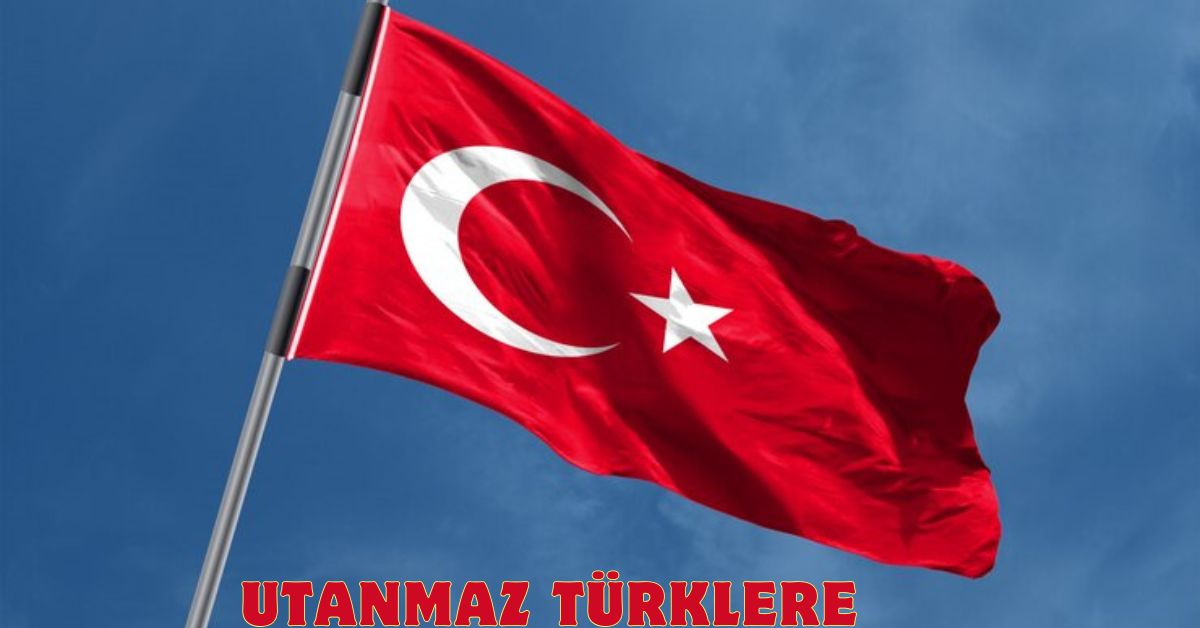“Utanmaz Türklere” means “shameless Turks” and is a divisive term that raises questions about prejudice, stereotyping, and cultural representation. It shows the complexity of how different cultures see one other and reflects a bad stereotype about Turks. In this post, we will look at where these terms come from, what they mean, how the media and society spread stereotypes, and why it’s so important to fight back against these damaging ideas.
Origins and Cultural Context of Stereotyping
Negative expressions like “utanmaz Türklere” have their origins in misunderstandings, cultural conflicts, and wars that have occurred in the past. Rivalry, conflict, and tension have always existed between Turkey and Europe due to Turkey’s pivotal involvement in historical events such as the Ottoman Empire’s ascent. Cultural, intellectual, and political discourse frequently included narratives that did not necessarily paint a positive picture of the Turkish people as a result of this historical event.
Literary works, artistic creations, and political propaganda can all contribute to the perpetuation of such views by generalizing about or dehumanizing a whole nation or ethnic group in response to particular prejudices or conflicts. The gradual assimilation of these preconceptions into people’s everyday lexicons has far-reaching detrimental consequences for society as a whole.
You Might Also Like: Discover the Impact of Shari Ann Chinnis Indianapolis
Media’s Role in Stereotyping
Both traditional and social media have a big impact on how individuals see other people. Preconceptions like “utanmaz Türklere” can be reinforced by negative portrayals or the frequent use of derogatory language in popular culture. The biased view of a group can develop through exposure to consistent negative portrayals of that group in media such as television, news, movies, and social media.
For instance, a negative generalization could result when news outlets overemphasize crimes committed by a particular ethnic group or religious sect without providing any background information. Similarly, audiences may internalize negative perceptions about Turks when they see them portrayed in media with a narrow focus, such as violent, dishonest, or technologically behind the times.
Stereotypes and Their Consequences
The effects of negative stereotypes, like “utanmaz Türklere,” on group dynamics are far-reaching and noticeable. Many detrimental forms are frequently taken by these stereotypes, such as:
Prejudice and Discrimination
People may start to see others negatively just because of their race or nationality if they hear such statements. A person’s biases might manifest as unfair treatment in the workplace, classroom, and social circles.
Social Alienation and Mental Health
A weakened sense of belonging, alienation, and marginalization can result from persistent unfavorable stereotyping of any group or individual. Furthermore, the mental health of the stereotyped group may suffer because of the animosity or scorn they may experience.
Cultural Misunderstanding
The perpetuation of such prejudices is a barrier to comprehending other cultures. In doing so, it hinders cross-cultural understanding, which in turn impedes cooperation and respect.
Addressing Stereotypes in Society
It will need a concerted effort to combat harmful preconceptions like “utanmaz Türklere” that impacts societal norms, media portrayals, and personal perspectives. Here are a few strategies to fight negative stereotypes:
Education and Awareness
It is crucial to bring attention to the causes and effects of stereotypes. Embracing variety, teaching students to empathize with others, and being true to history are all components of multicultural education that school systems should implement. Teaching kids to think critically and be media literate can help them avoid falling prey to prejudice.
Balanced Media Representation
The media must uphold the highest standards of objectivity and fairness in its reporting. Journalists, producers, and authors should all work to dispel preconceptions by presenting complex depictions of other ethnicities and civilizations. When covering topics pertaining to Turks, for example, the media should make sure to include a variety of viewpoints rather than just focusing on the negative.
Promoting Dialogue and Understanding
Building bridges and decreasing prejudice can be achieved through promoting open dialogue and cultural exchanges. Positive contacts and mutual respect can be fostered across varied populations through events such as cultural festivals, discussions, and collaborative initiatives.
Challenging Stereotypes in Everyday Life
Every person has to be brave enough to face their own biases and the preconceptions they meet in the course of a typical day. Some examples of this behavior include responding to offensive comments, not making jokes about specific groups, and correcting people when they are wrong.
Examples of Breaking Down Stereotypes
People and groups have been able to overcome preconceptions in many different ways. Movements spearheaded by Turkish communities in nations with pervasive negative perceptions have played a crucial role in shifting perspectives. There has been a transformation in the perception of Turkish people in many European nations towards mutual understanding, thanks to youth exchanges, intercultural initiatives, and public figures who embrace positive depiction.
The real stories told in movies and books, rather than the clichés, have also been significant in changing people’s views. Films and television series that examine the rich cultural diversity of Turkey, including its history, values, and way of life, help audiences to go beyond superficial stereotypes.
Why Stereotypes Persist
Words like “utanmaz Türklere” continue to be used for a variety of reasons, even though there have been attempts to eliminate stereotypes. Historical narratives, a lack of diversity exposure, and intrinsic cognitive biases are the three main sources of stereotypes, according to psychological research. As a protective mechanism or to simplify complicated social realities, people often depend on stereotypes.
In addition, unquestioned cultural narratives and social circles can contribute to the perpetuation of stereotypes. Ideas become normalized when they are constantly validated and shared by a group of individuals, regardless of how correct they may be.
The Way Forward
Ongoing endeavors from every angle are necessary to transcend preconceptions. There needs to be a concerted effort to promote diversity and dismantle damaging narratives on the part of governments, media organizations, educational institutions, and individuals. Important measures towards building a more tolerant and empathetic society include promoting varied representation, educating people to be more empathic, and combating media biases.
The promotion of constructive cross-cultural experiences and conversations should also be a priority. We can create a more welcoming and considerate world community by identifying and valuing our similarities while welcoming and accepting our diversity.
Conclusion
The phrase “utanmaz Türklere” is a powerful symbol of how stereotypes are all too common and harmful. The urgent need for improved cross-cultural understanding, empathy, and education is emphasized by these expressions, which have their origins in historical and cultural circumstances. From challenging our own biases to reevaluating how we see certain groups portrayed in the media, the fight against stereotypes is an uphill battle. Societies can only move towards more inclusivity and mutual respect if they recognize and combat these damaging narratives.
In conclusion, combating stereotypes is everyone’s business; it’s not enough for institutions to do their part; we must all do our part to promote understanding and a society free of cultural scorn.

